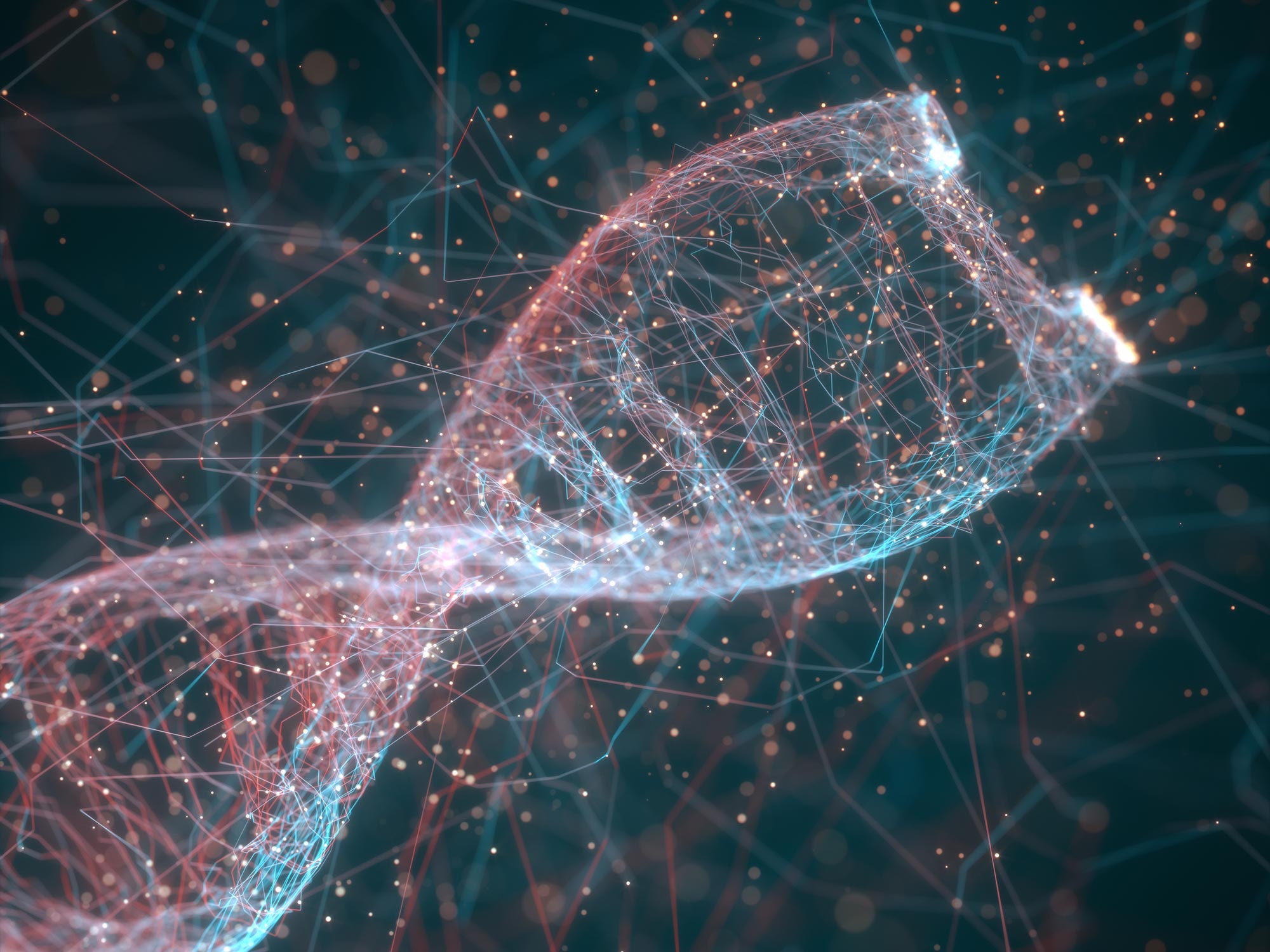

Genetikçiler, mersinbalığı ve kürek balıklarının ortak atalarında, büyük kitlesel yok oluştan önce meydana gelen ve bu türlere yararlı genetik farklılıklar sağlayabilecek bir tam genom duplikasyonu (WGD) ön olayı keşfettiler. Bu bulgu aynı zamanda, diğer türlerin soylarında, aşırı çevresel değişikliklerin olduğu dönemlerde hayatta kalmaya katkıda bulunmuş olabilecek, benzer gözden kaçan WGD’lerin var olma olasılığını da artırmaktadır.
Genetikçiler, mersin balığı ve kürek balıklarının eski tarihi hakkında, evrim anlayışımız için derin anlamlar içeren önemli bir keşifte bulundular. Bunların ortak atalarında önceden gizlenmiş bir ‘tüm genom kopyalanması’ (WGD) vakası belirlediler.[{” attribute=””>species, an event that appears to have facilitated genetic variations that may have provided an edge during a severe mass extinction event around 200 million years ago.
The big-picture finding hints at the possibility of numerous undetected, shared WGDs in other species predating periods of drastic environmental turmoil throughout Earth’s tumultuous history.
The research, led by Professor Aoife McLysaght and Dr Anthony Redmond from Trinity College Dublin’s School of Genetics and Microbiology, has just been published in the leading international journal, Nature Communications.
Professor Aoife McLysaght said: “Whole genome duplication is exactly as it sounds – it’s a fascinating evolutionary event where an entire genome is copied and pasted so that a species suddenly has twice the genetic material as it did before. Whereas most species, like us, are ‘diploid’ – having pairs of chromosomes, one from each parent – after whole genome duplication everything is in four copies. This effectively provides a lot of raw material for mutations – and evolution – to occur. Eventually, a species’ genome will revert to the typical pairs through a process called rediploidisation.
“We’ve known about whole genome duplication and rediploidisation for a long time but what is new, and exciting, is that we have shown that the time it takes for the second part of the process to complete is very important. In this case, it took a long, long time – so long that some gene duplications appear to be species-specific, occurring after the two species went their separate ways on the tree of life.
“As a result, the ancient original whole genome duplication that happened before the species had separated had been missed until now. We believe the same thing might have happened in many other species lineages and that is important given the possibility that it generated genomic conditions that helped the species survive mass extinctions.”
Genetically, sturgeons and paddlefish show evidence of shared and non-shared gene duplications that were themselves derived from the ancient WGD, which, when timestamped to just over 250 million years ago places it just before the Permian-Triassic mass extinction that wiped out over half of the families of all living things.
This would seem to add more weight to the theory that WGD events provide species with more of an evolutionary canvas to work with; more genetic material means more capacity for variations over a given time, and that in turn increases the chance of some conferring an advantage to cope with difficult or changing environmental conditions. These would certainly have been in evidence during the period of rediploidisation that overlapped with the Triassic-Jurassic mass extinction around 200 million years ago.
Dr Anthony Redmond said: “Multiple whole genome duplication events famously occurred in our ancient early vertebrate ancestors and these have shaped the landscape of our modern human genome.
“Our findings are exciting because as well as shining a light on sturgeon and paddlefish genome evolution, they provide a comparative snapshot of how our early vertebrate ancestors’ genome and duplicated genes evolved after these doubling events.”
Reference: “Independent rediploidization masks shared whole genome duplication in the sturgeon-paddlefish ancestor” by Anthony K. Redmond, Dearbhaile Casey, Manu Kumar Gundappa, Daniel J. Macqueen and Aoife McLysaght, 19 May 2023, Nature Communications.
DOI: 10.1038/s41467-023-38714-z
The study was funded by the Irish Research Council and the European Research Council.

“Analist. Tutkulu zombi gurusu. Twitter uygulayıcısı. İnternet fanatiği. Dost pastırma hayranı.”





More Stories
Bilim insanları dünyadaki en büyük demir cevheri yataklarında milyar yıllık bir sırrı keşfetti
Fosillere göre tarih öncesi deniz ineği, timsah ve köpekbalığı tarafından yenildi
Büyük bir bindirme fayı üzerine yapılan yeni araştırma, bir sonraki büyük depremin yakın olabileceğini gösteriyor